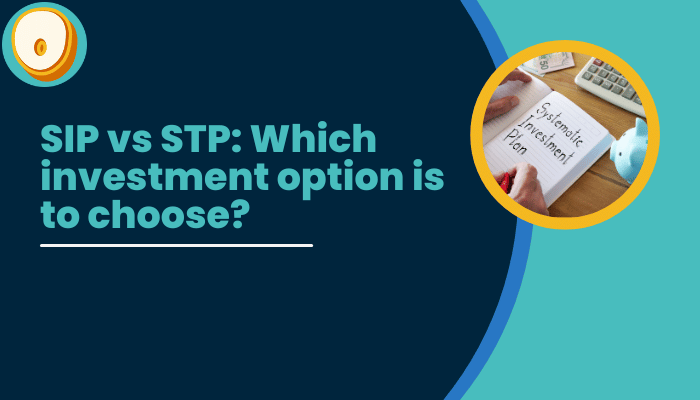Mutual funds, which have become very popular as avenues of investment in recent times, offer strategies to invest and withdraw your savings in a systematic manner.
However, with the growing popularity of mutual funds among so many investors, it is also important to increase people’s awareness of the various risks and potential crises that may arise out of ignorance related to these issues.
Mutual funds are subject to market risks, and thus it is extremely important to understand the structure of the schemes you are investing in, along with your financial situation and capacity before investment.
In this article, you will get to know all about Systematic Investment Plans (SIPs) and Systematic Transfer Plans (STPs), along with how each of the two affects your pattern of investments and financial goals.
Keep on reading to know all the comparisons and contrasts between these two forms of investment to make an informed decision regarding your choice of investment.
Also Read: How to Invest in Mutual Funds?
Is SIP good for mutual funds?
A Systematic Investment Plan (SIP) is the kind of mutual fund investment that allows you to systematically invest your savings in a disciplined manner.
In this form of investment, you can invest a fixed amount of money at regular intervals, be it weekly, monthly, quarterly, and so on.
This helps in the long-term development of a corpus as well as allows investors to track the status of their savings regularly. Investors in SIPs.
Can remain unbothered about the movements and timings of the market. SIPs allow investors to stretch out their savings over time, also averaging purchasing costs across market levels.
Is STP good for mutual funds?
A Systematic Transfer Plan (STP) allows the investor to transfer the invested amount of money from one scheme to another.
However, this transfer can only take place between one mutual fund house to another, and not from one fund house to another.
The transfer happens in a systematic and regular manner. Investors who have an excess amount of money in their accounts can invest big payments in a fund on a regular basis with STPs.
The time frame in which the amount of money will move as well as the exact amount that will be transferred has to be determined by the investor.
STPs are a good investment option for those who do not feel comfortable investing large sums of money in equity funds at one and the same time.
Which is the best SIP or STP?
There is a substantial difference between SIPs and STPs, although regular and systematic investment is possible through both avenues.
SIPs will spread out investments over time. Putting money in a liquid fund/ultra-short-term fund when it is idle is again better than storing it in a bank account, as investors can earn extra through this method.
SIPs are best for those who have a lump sum amount to invest. However, those not willing to put their entire portfolio in a single equity program can select STP.

